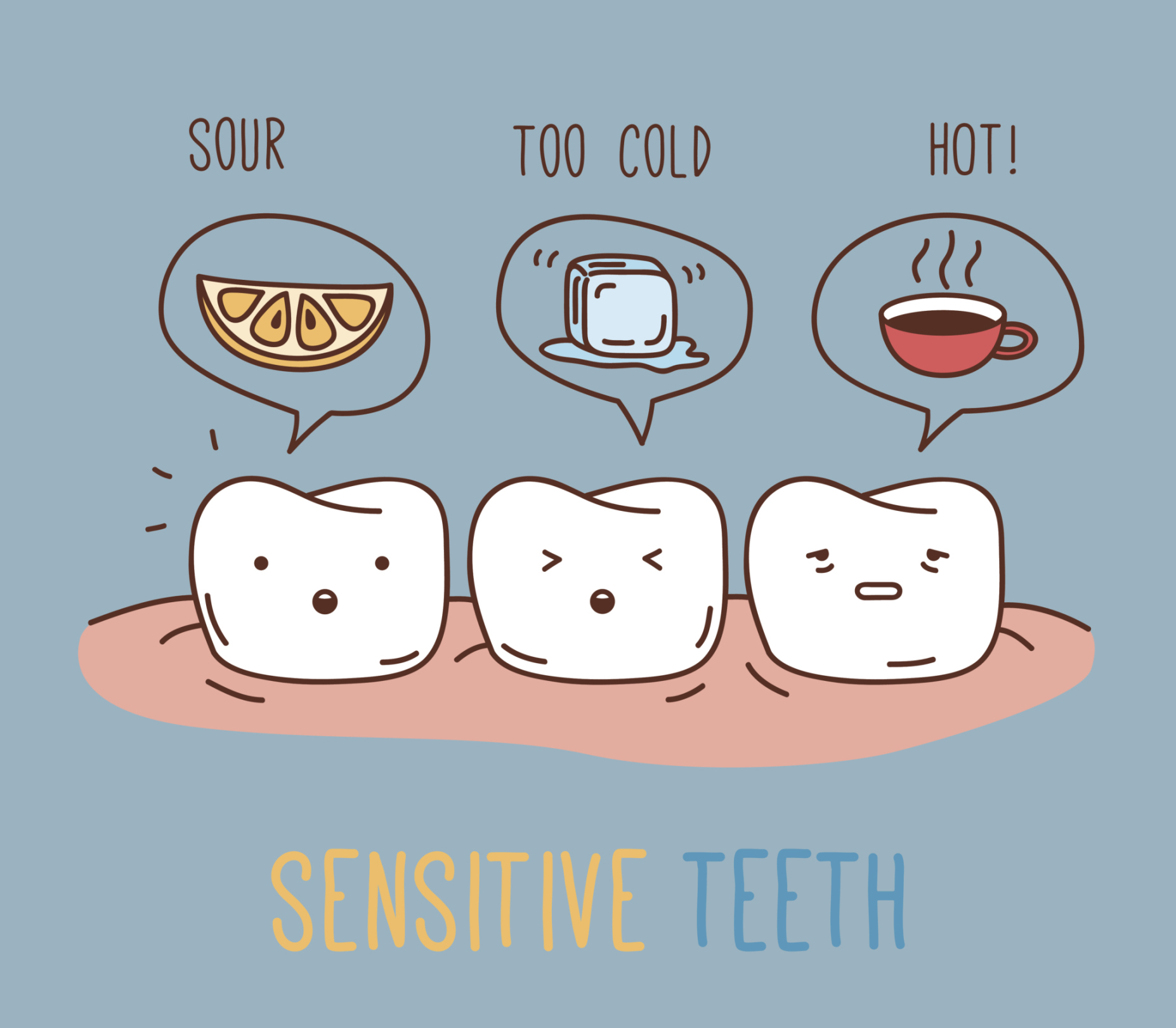Root Canal Treatment
-
Reviewed by Greg Grillo, DDS | Last updated 6/7/2023
- Overview
Overview
What is a root canal?
Root canals are dental procedures used to remove infected pulp tissue from the inside of a tooth. When dental pulp becomes infected, it can be extremely painful, resulting in a chronic toothache.
Cost of root canal
The average cost of root canal is between $700 to $1,500.
The cost of root canal therapy varies depending on the severity of the condition, whether additional treatments are required and which teeth are being treated.
- Front (anterior) tooth: $700 – $900
- Bicuspid tooth: $700 – $1,000
- Molar tooth: $1,000 – $1,500
Is the cost covered by insurance?
Whether or not your dental insurance covers a root canal depends on the particular dental insurance plan you have. Dental insurance plans can be quite diverse in terms of what they include, and their coverage for root canals and other dental procedures can vary widely. Here are some things to keep in mind:
- Types of Dental Insurance: Dental insurance generally falls into two categories: dental HMO (Health Maintenance Organization) plans and dental PPO (Preferred Provider Organization) plans. HMO plans often require you to visit a specific dentist within their network, while PPO plans offer more flexibility in choosing your dentist. The type of plan you have can significantly affect your coverage.
- Coverage Details: Within these plan categories, the specifics of what is covered and to what extent can differ. Some plans may cover a substantial portion of the cost of a root canal, while others might cover only a portion or none at all.
- Annual Maximums: Many dental insurance plans come with an annual maximum benefit, which is the most they’ll pay for covered services within a year. If the cost of a root canal exceeds this maximum, you may be responsible for covering the remaining expenses.
- Pre-authorization: Before starting treatment, it’s advisable to contact your dental insurance provider and obtain pre-authorization or pre-approval. This process helps determine what portion of the treatment cost will be covered by insurance.
- Out-of-Network Providers: If you choose a dentist who is not in-network with your insurance plan you might incur higher out-of-pocket costs.
Contact your dental insurance provider directly to get more information about your specific policy and if a root canal is covered.
Anatomy of your teeth
A tooth is composed of four dental tissues:
- Enamel (the hard shell)
- Dentin (the soft middle layer)
- Cementum (hard layer that coves root of tooth)
- Dental pulp (the soft inner layer)
Dental pulp, which is made up of nerve tissue, lymph tissue and blood vessels, is the most important part of the tooth. This vital tissue runs through canals in the roots to the center of the tooth. Exposure to oral bacteria, a fractured tooth, or blunt trauma to the face cause dental pulp trauma.
Root canal therapy then is necessary to fight off infection and prevent future tooth loss.
Causes of root canal
Most commonly, root canals are required because of poor oral hygiene or dietary habits that lead to cavities. Teeth can become infected due to severe tooth decay, cracks or chips. Failing dental fillings or dental crowns also can allow bacteria to seep into the dental pulp. Once exposed, the dental pulp dies, the body’s inflammatory responses take over, and the combined infection and inflammation result in a significant toothache.
Symptoms of infection
Some signs or symptoms that you might need a root canal include:
- Pain while chewing or biting
- Chipped or cracked tooth
- Lingering sensitivity to cold or hot
- Pimples on the gums.
- Tender or swollen gums
- Decay or darkening of the gums
If you suffer from a toothache, it is strongly recommended that you visit your dentist for a thorough evaluation. Severe tooth infections can have serious consequences. More extensive medical treatment, such as hospitalization, may be necessary if an infection spreads to the neck or around the eyes.
Root canal treatment
The root canal procedure involves carefully locating the center chamber of the pulp and shaping and cleaning the channels located below the pulp chamber.
Debris, such as nerve, lymph and blood tissue, bacteria and infection, is first removed from the pulp chamber and its surrounding areas. The canals are disinfected thoroughly, shaped, and filled to the ends of the roots.
Tooth extraction may be necessary in severe cases when a root canal will not save the tooth. You always have the option of removing a tooth instead of having a root canal, but saving a natural tooth is always a wise consideration.
The missing tooth can be replaced with a dental implant or dental bridge.
How long is the recovery time?
Usually, recovery time lasts less than a week. For the few few days, patients may experience mild discomfort, but this can be managed with medication.
How long will your results last?
Root canal treatments are usually successful at saving the tooth and clearing the infection. Results may last 8 to 10 years or longer.
EnhanceMyself.com relies on sources such as professional medical organizations, government agencies, academic institutions, and peer-reviewed scientific journals to write it’s articles. Learn more about how we ensure our content is accurate, in-depth, and unbiased by reading our editorial guidelines.
*Medical Disclaimer: This website does not provide medical advice. Read more.





